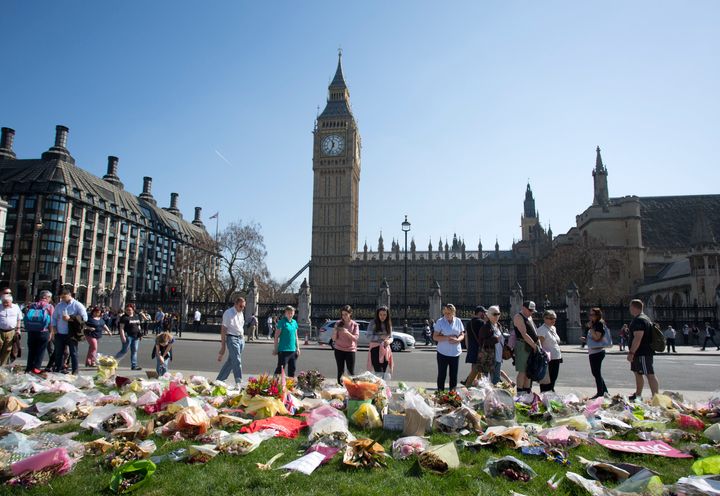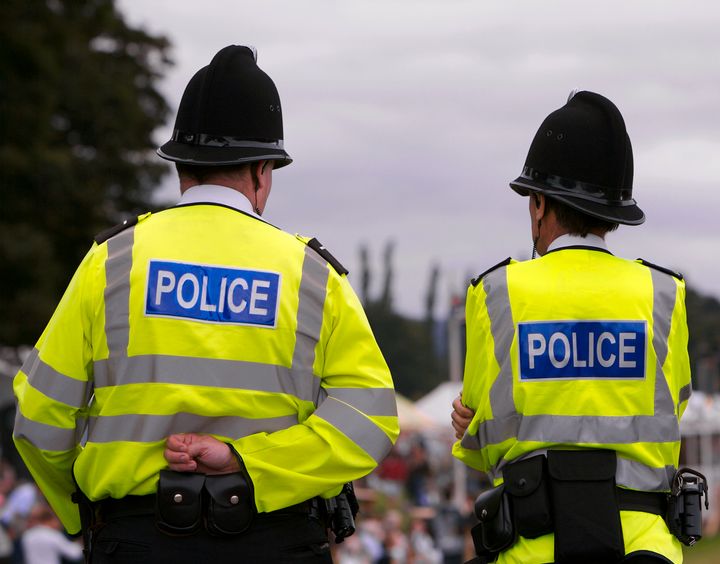The number of potential extremists flagged up by members of the public has doubled since Britain was hit by a flurry of terror attacks.
Police received around 200 referrals to the government’s anti-terror Prevent programme from April to the end of July - about double the number recorded in the previous four months.
The rise in tip-offs coincides with the spate of terrorist incidents that began with the Westminster atrocity on March 22, followed by attacks in Manchester, London Bridge and Finsbury Park, the Press Association reported.

Prevent, a voluntary programme, aims to intervene early to stop people being drawn into violent extremism.
Disclosing the latest figures, Simon Cole, the national policing lead for the initiative, welcomed the rise in referrals.
But he appealed for more support from the public and urged relatives, friends and community leaders not to wait until after a major incident to raise concerns.
“We have recently seen the devastating effects of what can happen when radicalisation is allowed to fester unchecked,” Cole said.
“On the one hand it is encouraging that more people are contacting police with their referrals.
“But if we are to successfully stop vulnerable people from being drawn into violent extremism, then family members, friends and community leaders must trust us sooner with their concerns.
“Not only will that possibly stop another lethal terrorist attack from taking place, but it will also potentially prevent vulnerable people from being drawn into criminal activity from which there is no coming back.”
Police Prevent teams are receiving calls from other agencies and members of the public at a rate of around 20 a day.
There were about 6,300 referrals to Prevent in 2016/17, but fewer than one in 10 originated from within the community.

Figures show that the share of Prevent referrals relating to concerns about extreme right-wing ideology has doubled to around 15%, while 55% to 60% are linked to Islamist extremism.
Engagement with the scheme is voluntary and it is not a criminal sanction. Referrals are assessed by a number of agencies and not all are ultimately deemed to require intervention in the anti-extremism sphere.
Prevent has been credited with playing a role in disrupting more than 150 attempted journeys to the conflicts in Iraq and Syria and ministers are pressing ahead with an “uplift” in its work.
But the programme has repeatedly come under fire, with critics labelling it heavy-handed and “toxic”.
There have been calls for the strategy to be scrapped or at least reviewed, amid claims that it unfairly focuses on the Muslim community.
Cole, the chief constable of Leicestershire Police, acknowledged there are people with genuine and legitimate concerns, but issued a staunch defence of the scheme.
He said: “This notion of Prevent as a ‘toxic’ brand is simply incorrect, and is borne from misunderstanding.
“What I would like to hear more of is constructive dialogue about how we can all work together to stop innocent people being killed.
“On occasions it feels like people are sniping for the sake of it and that what they’re talking about doesn’t reflect the reality of local delivery of the voluntary safeguarding that I see going on all across the country.”
He also addressed controversy over referrals of young children. Figures have previously shown hundreds of under-18s have been flagged up to Channel, which is part of Prevent.
“What do we do with a child who’s been sat down and shown beheading videos? I’m aware of cases where children who are five, six, seven years old, have been sat down and shown videos of people being beheaded,” Cole said.
